Privacy and Security in AI
CSE 891: Deep Learning
Vishnu Boddeti
Privacy for AI
CIA Model: Confidentiality, Integrity and Availability
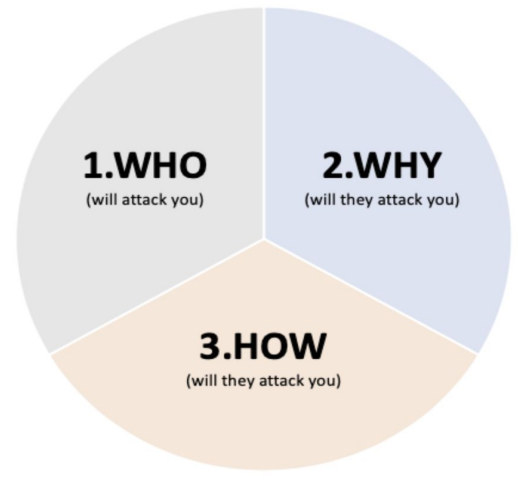

- Confidentiality: Protect sensitive information against unauthorized access.
- Integrity: Guarantee that ML model has not been tampered with.
- Availability: Guarantee that ML systems are available to users when they need them.
Privacy Threats

Privacy Threats for Biometrics

Privacy Threats for Neural Networks

Problem: Information Leakage from Representations
- Learned Embeddings:


Problem: Information Leakage from Representations


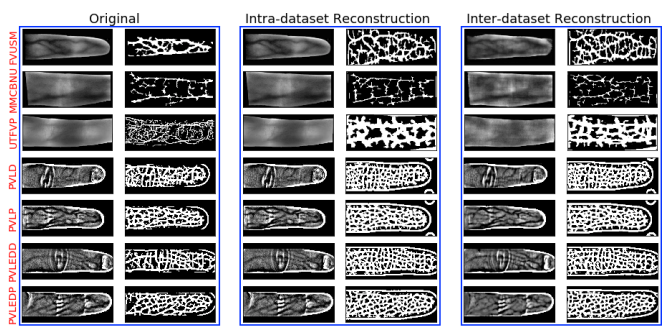
Privacy Leakage From AR/VR

- Revealing Scenes by Inverting Structure from Motion Reconstructions, CVPR 2019
Problem: Membership Inference
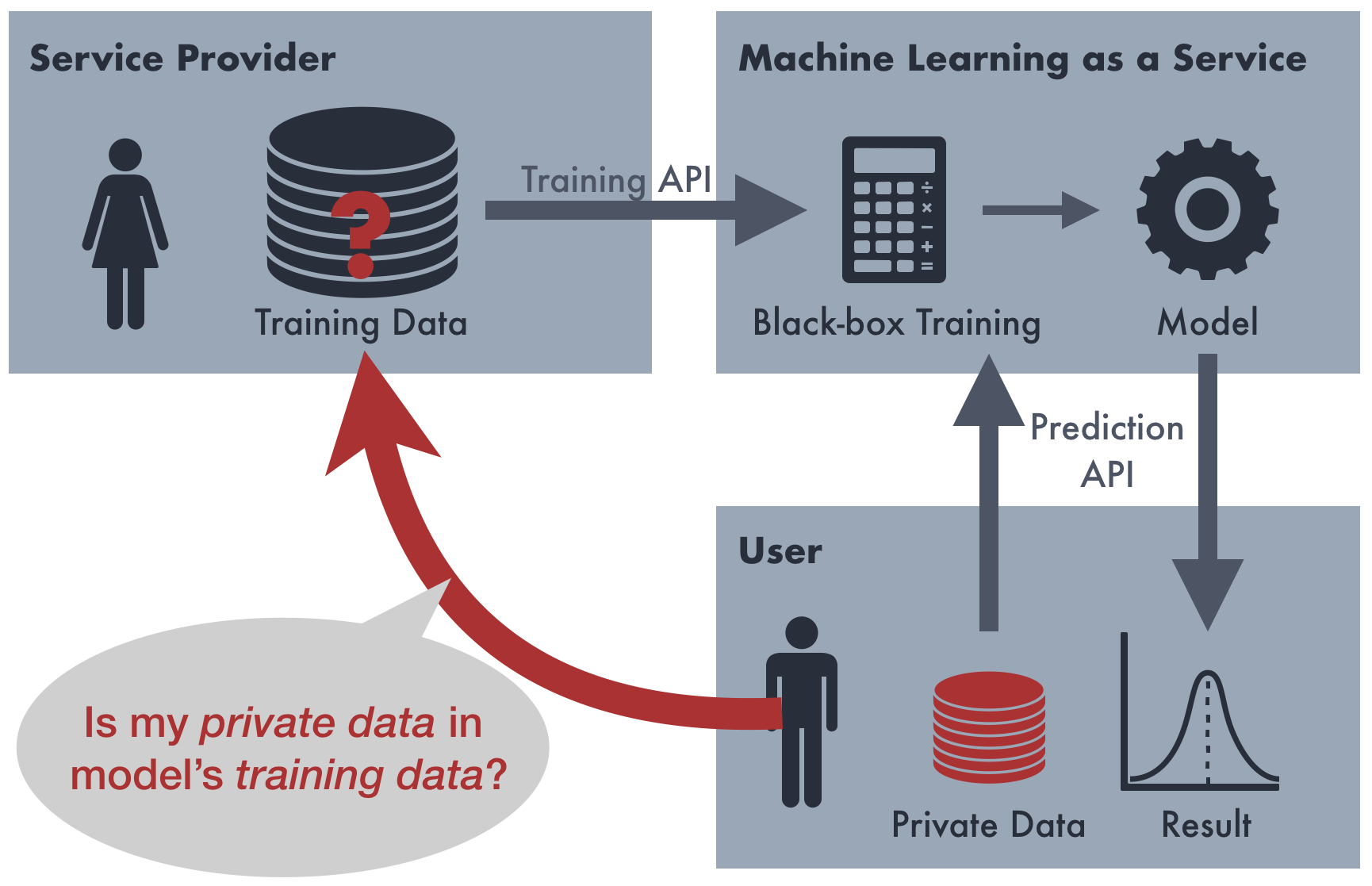
Problem: Stealing Model Weights

Tools at Hand
Privacy and Security Solutions

Anonymization
Data Anonymization

Differential Privacy
Differential Privacy: Concept

- Differential Privacy [Dwork et.al. 2006]
Differential Privacy for Deep Learning

Private Learning: Differentially Privacy SGD

- Add noise to gradients to prevent reconstruction.
- Limitation: Trade-off accuracy for privacy
DP-SGD
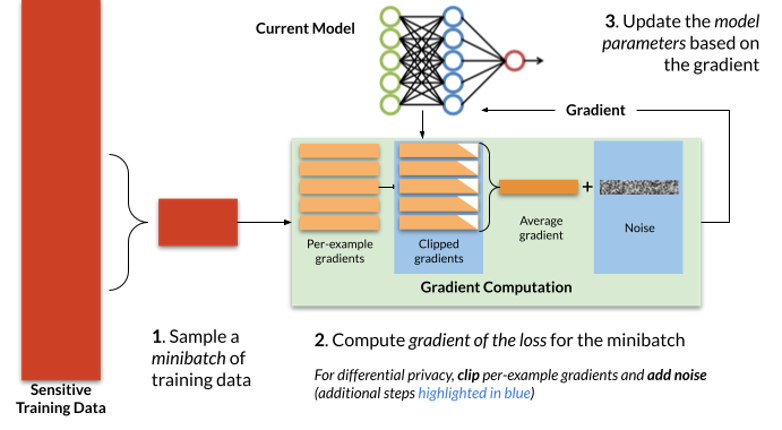
DP for Federated Learning
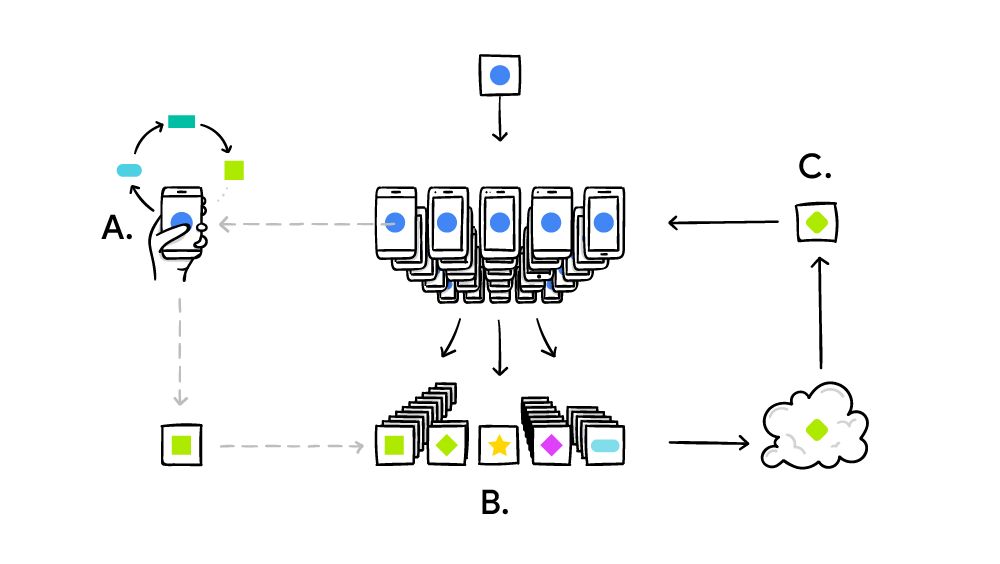
- Distributed learning of parameters from private data.
- Clients download current global model $\bar{\mathbf{w}_t}$.
- Client updates model from local data.
- Aggregator updates global model
Information Leakage from Gradients
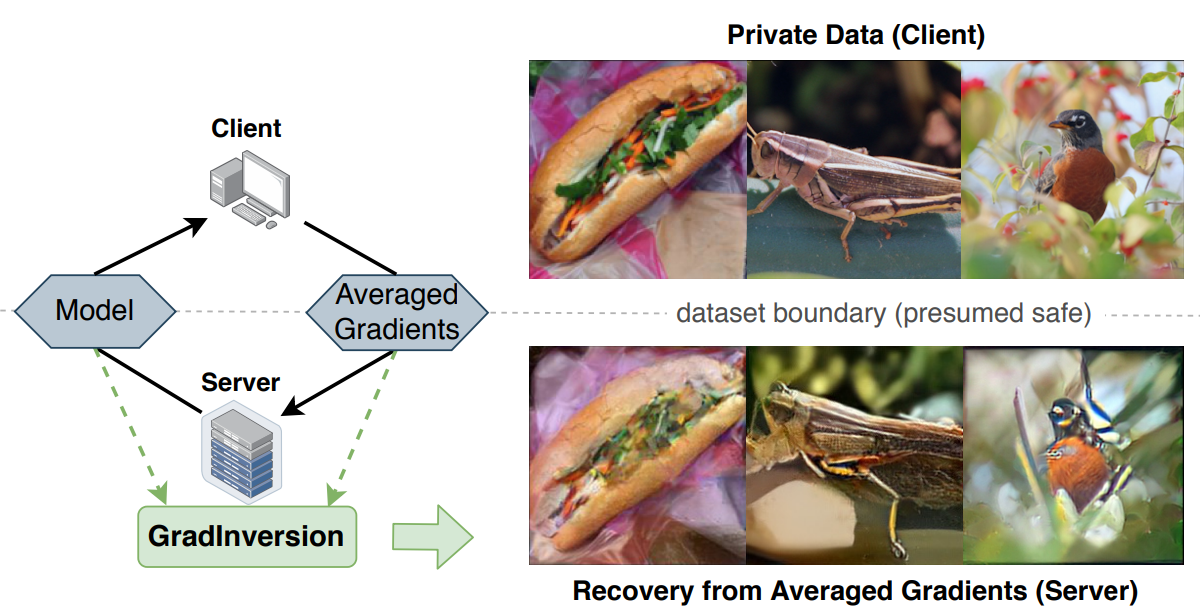
K-Anonimity
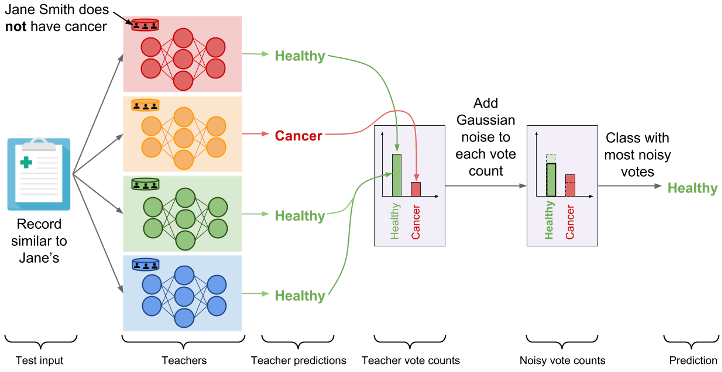
- Semi-supervised Knowledge Transfer for Deep Learning from Private Training Data, ICLR 2017
PATE: Private Aggregation of Teacher Ensemble

- Semi-supervised Knowledge Transfer for Deep Learning from Private Training Data, ICLR 2017
Semantic Security and Encryption
Encryption: The Holy Grail?
- Data encryption is an attractive option
- protects user's privacy
- enables free and open sharing
- mitigate legal and ethical issues
- Encryption scheme needs to allow computations directly on the encrypted data.
- Solution: Homomorphic Encryption
Cryptography: Multi-Party Computation
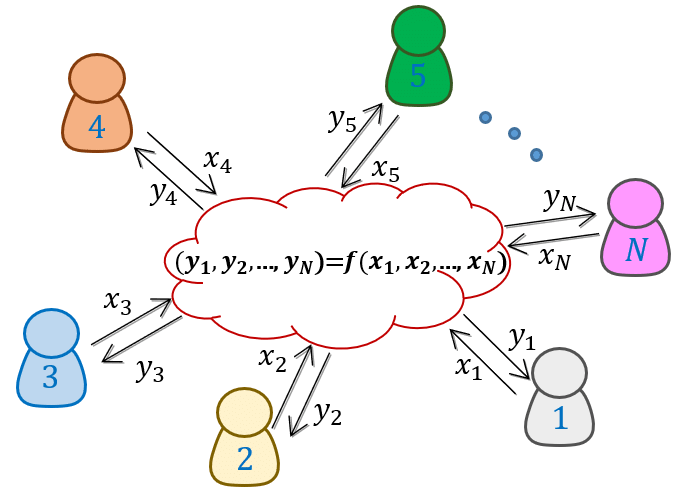
Cryptography: Fully Homomorphic Encryption
RLWE: Ring Learning with Errors



| op | plaintext | ciphertext |
|---|---|---|
| $x$ | $(x + e_1) \mbox{ mod } t$ | |
| $y$ | $(y + e_2) \mbox{ mod } t$ | |
| $+$ | $x+y$ | $(x+y + e_3') \mbox{ mod } t$ |
| $\times$ | $x\times y$ | $(x\times y + e_4'') \mbox{ mod } t$ |
Secure Learning: Federated Learning
Secure Feature Matching

- Boddeti, "Secure Face Matching Using Fully Homomorphic Encryption," BTAS 2018
- Engelsma, Jain, Boddeti, "HERS: Homomorphically Encrypted Representation Search," TBIOM 2022
Efficient Search with Dimensionality Reduction

- Build upon DeepMDS for dimensionality reduction.

- Sixue Gong, Vishnu Boddeti, Anil Jain, "On the Intrinsic Dimensionality of Image Representations,", CVPR 2019
Scaling to 100 Million Gallery
- Engelsma, Jain, Boddeti, "HERS: Homomorphically Encrypted Representation Search," TBIOM 2022
HEFT: Homomorphically Encrypted Fusion of Biometric Templates

$\ell_2$-Normalization of Vector
where
- $\dagger$: problematic operations for FHE
Inverse Square Root: Polynomial Approximation
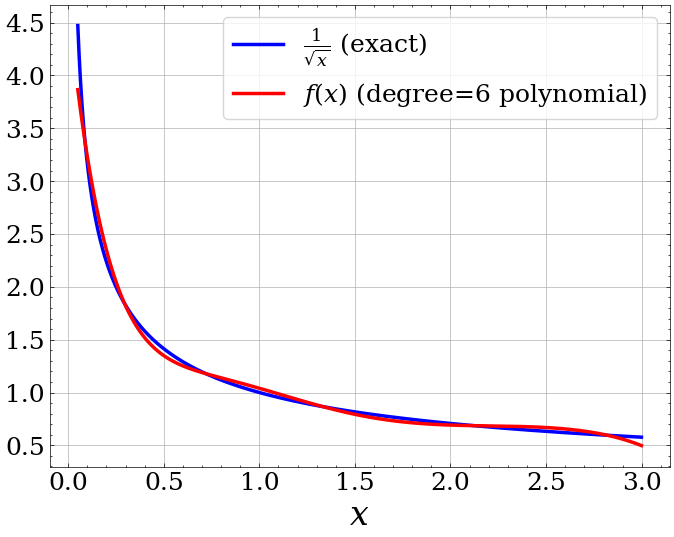
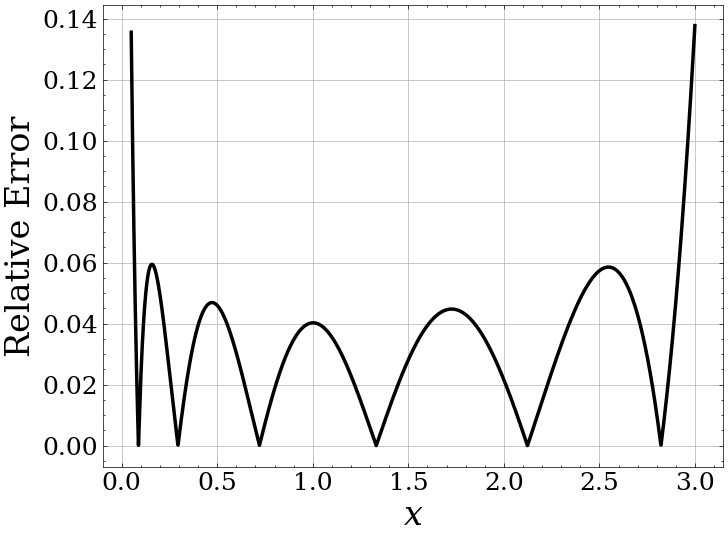
Secure Inference of Deep Neural Networks
- Secure MPC supports non-arithmetic operations, but is very slow.
- Fully Homomorphic Encryption only supports addition and multiplication.
- Solution: Replace non-arithmetic operations like ReLU, MaxPool by polynomial approximations.
- Problem: Non-arithmetic operations are either costly or not supported by cryptographic schemes.
Secure Inference of Deep Neural Networks


Secure Inference of Deep Neural Networks


- AutoFHE: Automated Adaption of CNNs for Efficient Evaluation over FHE (Under Review at ICLR 2023)
Summary
- Privacy and security is a nuanced and challenging issue with many open problems.
- There are many possible paths, including differential privacy and semantic security through encryption.
- Real-world solution need both privacy and security.
- There is a dire need for ground-up rethinking and redesigning deep learning systems for privacy and security.
